In another article about varicoceles, the vein specialists at Comprehensive Interventional Care Centers explained what varicoceles are. We also described what causes them and who is at risk. Finally, we noted when you should see a doctor if you think you have them.
In this article, our varicocele doctors explain what happens when you see us. We’ll tell you how varicoceles are diagnosed, and how they are treated at CICC using minimally-invasive interventional radiology procedures.
What to expect in a varicocele examination at CICC
You may be referred by your GP to one the varicocele doctors at our CIC Centers. Your doctor will start by asking about your symptoms, and then will examine you to search for varicocele masses. You may need to be standing during this procedure.
If needed, your varicocele doctor may perform a deeper analysis using ultrasound. This technology is safe and painless. It uses high-frequency sound waves to look beneath the surface of the skin to check for large veins.
If you have varicoceles, what are your varicocele treatment options?
The answer to this question depends on your symptoms. If you have little to no pain and show no signs of testicular atrophy, no treatment may be necessary. Some patients may benefit from scrotal support, nonsteroidal anti-inflammatories, or decreasing strenuous activity like heavy lifting.
If the pain from the varicoceles is more severe, further treatment may be needed.
What is modern varicocele treatment like?
If you have heard stories of how varicoceles were treated in the past, your first question might be, “Does varicocele treatment hurt?”
No, it doesn’t. In the past, varicocele treatment often required open or laproscopic surgery. This involved going to a hospital and having general anesthesia. And yes, there was some pain and recovery time involved. Thanks to advances in interventional radiology, however, we treat the condition using varicocele embolization.
This is a non-surgical, outpatient procedure. Your CIC physician uses local anesthesia and then makes a tiny cut in the skin of the upper leg. A thin catheter is inserted, and a dye is injected to help reveal the abnormal veins. Finally, the varicocele doctor uses tiny coils or a chemical to block blood flow to any abnormal veins.
This technique reduces pressure on the varicocele. It also allows it to shrink to its normal size.
There are no large incisions, so recovery time after embolization is minimal. Just 1-2 days, as opposed to 1-2 weeks after surgery.
Benefits of varicocele embolization compared to surgery
- No need for general anesthesia or overnight stays in a hospital
- No need for sutures or surgical incisions in the scrotal area
- A patient with varicoceles on both sides can have them fixed through one vein puncture site. Surgery requires two incisions
- Less recovery time – you can resume normal daily activities immediately
- In most cases, this procedure eliminates pain in the testicles
So if you have pain or any of the other symptoms associated with varicoceles, don’t try to “live with them.” Instead, schedule an appointment with the varicocele doctors at Comprehensive Interventional Care Centers. We have CICC locations in Arizona, New Mexico, Oregon, and Utah, so pick up your phone and call 1-888-377-7122 today.
